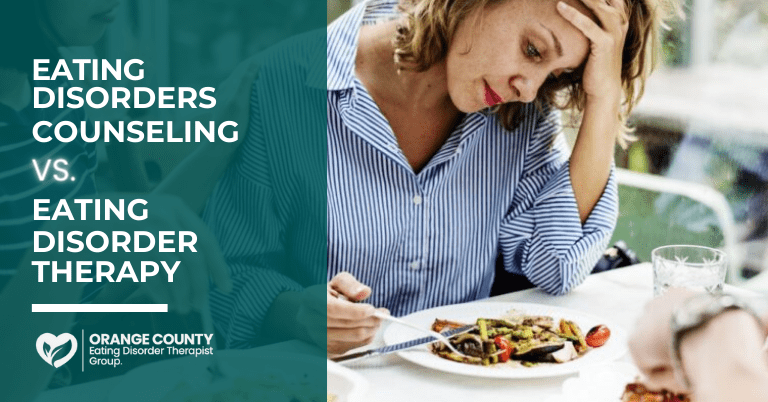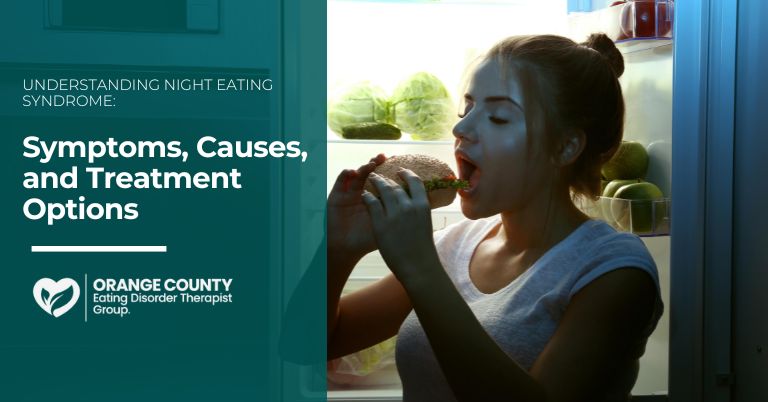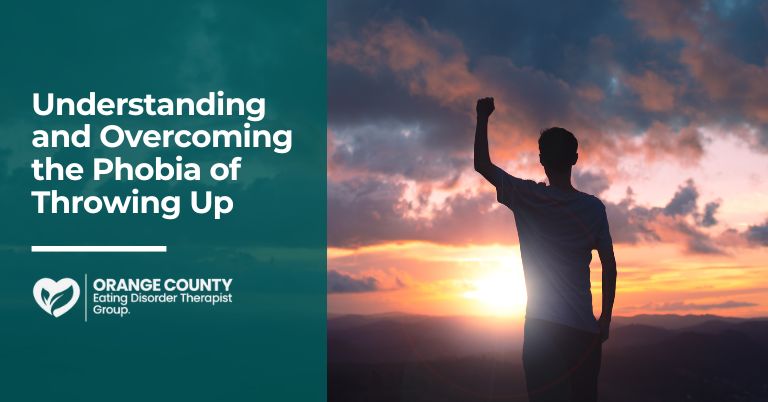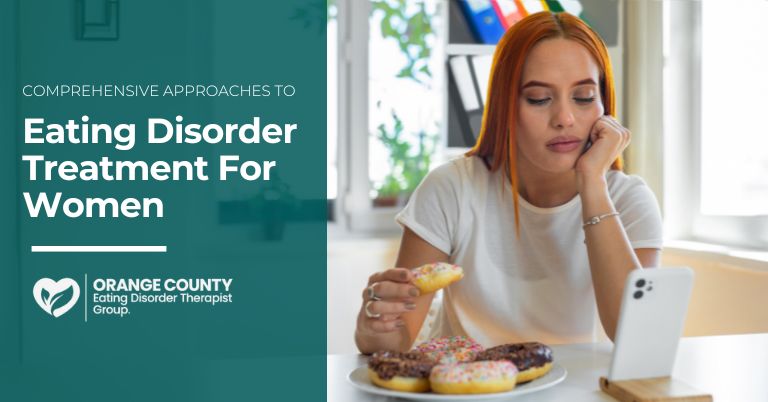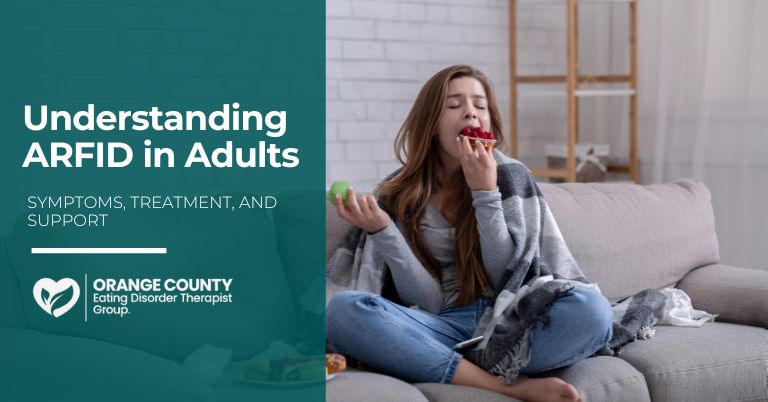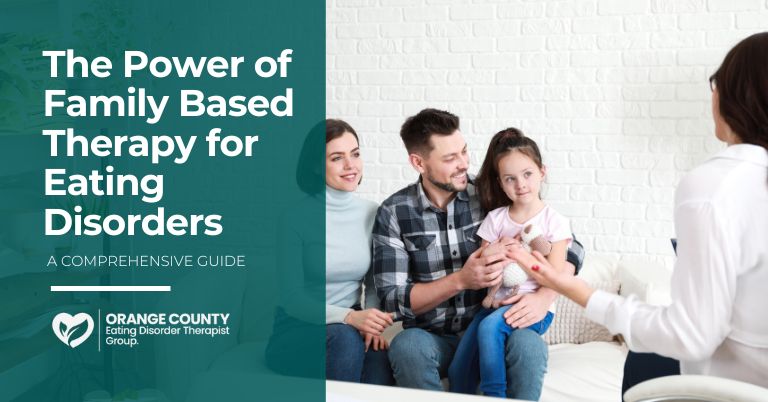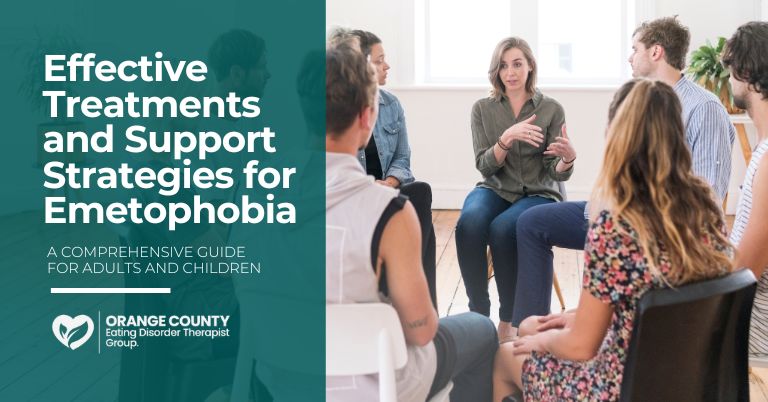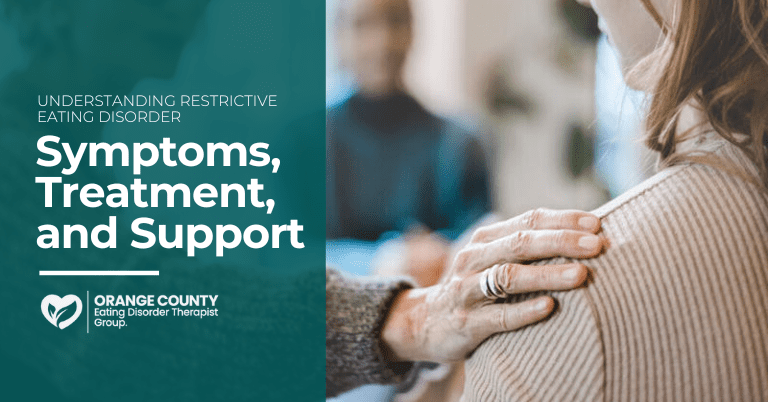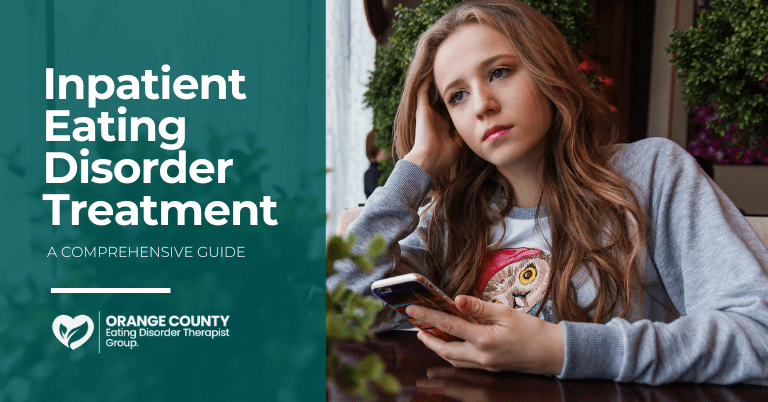Eating Disorder Counseling Activities
When it comes to addressing eating disorders, individuals may encounter various treatment options, including counseling and therapy. 60% of individuals who receive professional Eating Disorder Counseling Activities will make a full recovery.
While both approaches aim to support individuals in their recovery journey, there are distinct differences between eating disorder counseling and eating disorder therapy.
In this article, we’ll explore these differences, shedding light on their respective roles, methods, and benefits. Understanding these distinctions can help individuals make informed decisions about their treatment options and find the support that best suits their needs.
What is Eating Disorder Counseling?
Eating disorder counseling typically involves supportive and solution-focused conversations with underlying psychological, emotional, and relational factors contributing to disordered eating patterns. Therapists utilize evidence-based techniques and modalities, such as cognitive-behavioral therapy (CBT), dialectical behavior therapy (DBT), and interpersonal therapy (IPT), to address specific issues and promote long-term recovery. Therapy may also involve exploring past traumas, challenging distorted beliefs, and fostering self-awareness and resilience.
Differences Between Counseling and Therapy
- Depth of Exploration: Counseling tends to focus on providing support, guidance, and practical strategies for managing immediate concerns, while therapy involves a deeper exploration of underlying issues and patterns.
- Scope of Practice: Counseling often emphasizes emotional support and skill-building, while therapy encompasses a broader range of interventions aimed at promoting lasting behavioral and psychological change.
- Professional Qualifications: Counselors may have varying levels of training and credentials, while therapists typically hold advanced degrees and specialized training in psychotherapy.
- Treatment Duration: Counseling may be shorter-term and solution-focused, while therapy may involve longer-term, more intensive treatment planning and interventions.
Methods and Approaches for Eating Disorder Counseling Activities
- Counseling: Techniques used in counseling may include active listening, empathy, psychoeducation, and behavioral interventions. The focus is on providing support, guidance, and practical strategies for managing specific challenges.
- Therapy: Therapeutic approaches vary depending on the therapist’s theoretical orientation and the client’s individual needs. Common modalities used in eating disorder therapy include CBT, DBT, IPT, acceptance and commitment therapy (ACT), and psychodynamic therapy. Therapists tailor treatment plans to address underlying issues, build coping skills, and promote sustainable behavior change.
Benefits and Considerations
- Counseling: Eating disorder counseling can provide valuable support, validation, and encouragement for individuals in various stages of recovery. It offers a safe space to explore concerns, gain insight, and develop practical skills for managing symptoms.
- Therapy: Eating disorder therapy offers a more comprehensive and structured approach to treatment, addressing underlying psychological and relational issues that contribute to disordered eating patterns. It provides specialized interventions and strategies for promoting lasting recovery and improved quality of life.
Eating Disorder Counseling Activities
Eating disorder counseling activities are designed to facilitate healing, promote self-awareness, and develop coping skills in individuals struggling with disordered eating habits. These activities may include:
- Journaling: Encouraging clients to keep a journal to track their thoughts, emotions, and behaviors related to food and body image. Journaling can help clients identify patterns, triggers, and areas for growth.
- Mindfulness Exercises: Teaching mindfulness techniques, such as deep breathing, body scans, and guided imagery, to help clients stay present in the moment and cultivate a nonjudgmental awareness of their thoughts and feelings.
- Cognitive Restructuring: Guiding clients through exercises to challenge and reframe negative or distorted thoughts and beliefs about food, weight, and body image. This helps clients develop a more balanced and realistic perspective.
- Behavioral Experiments: Collaborating with clients to design and implement behavioral experiments to test out new coping strategies and behaviors in real-life situations. This hands-on approach allows clients to gain insight into their reactions and learn from their experiences.
- Body Image Activities: Engaging in activities that promote body acceptance and appreciation, such as creating body positive affirmations, practicing self-compassion exercises, or participating in art therapy sessions focused on body image exploration.
- Nutrition Education: Providing psychoeducation on nutrition and healthy eating habits, including balanced meal planning, intuitive eating principles, and mindful eating practices. Empowering clients with knowledge about nourishing their bodies can support their recovery journey.
- Relapse Prevention Planning: Collaborating with clients to develop personalized relapse prevention plans that outline coping strategies, support networks, and self-care practices to help maintain progress and prevent setbacks.
- Group Therapy Exercises: Facilitating group therapy activities, such as sharing personal stories, participating in group discussions, and engaging in experiential exercises, to foster a sense of community, connection, and mutual support among clients.
- Role-Playing: Using role-playing scenarios to practice assertiveness skills, boundary setting, and effective communication strategies in challenging situations related to food, relationships, and social interactions.
- Goal Setting and Action Planning: Assisting clients in setting achievable goals related to their recovery journey and developing concrete action plans to work towards these goals. Breaking down larger goals into manageable steps can help clients stay motivated and focused on their progress.
Conclusion
Both eating disorder counseling and eating disorder therapy play important roles in supporting individuals on their journey to recovery. While counseling offers valuable emotional support and practical guidance, therapy provides deeper exploration and specialized interventions for addressing underlying issues.
An Eating Disorder Therapist, also known as an Eating Therapist, plays a crucial role in providing support and guidance to individuals struggling with disordered eating habits. Collaborating closely with an Eating Disorder Dietician and an Eating Disorder Specialist, they offer comprehensive treatment plans tailored to each client’s unique needs.
Through individualized Eating Disorder Counseling sessions, clients receive emotional support and learn practical strategies for managing their condition. Additionally, accessing Eating Disorder Resources such as support groups, educational materials, and online forums can provide valuable additional support throughout the recovery journey.
By understanding the differences between these approaches, individuals can make informed decisions about their treatment options from experts like Orange County Eating Disorder Therapists and find the support that best suits their needs.
FAQs
How do I know if I need counseling or therapy for my eating disorder?
The decision to seek counseling or therapy depends on various factors, including the severity of your symptoms, your treatment goals, and your personal preferences. It may be helpful to consult with a mental health professional to determine the most appropriate level of care for your needs.Q2:
Can I receive counseling and therapy concurrently for my eating disorder?
Yes, many individuals benefit from receiving both counseling and therapy as part of their treatment plan. Counseling can provide ongoing support and guidance, while therapy addresses deeper psychological and relational issues.
How long does eating disorder therapy typically last?
The duration of eating disorder therapy varies depending on the individual’s needs, treatment goals, and progress in therapy. Some individuals may benefit from short-term therapy, while others may require longer-term, more intensive treatment.

